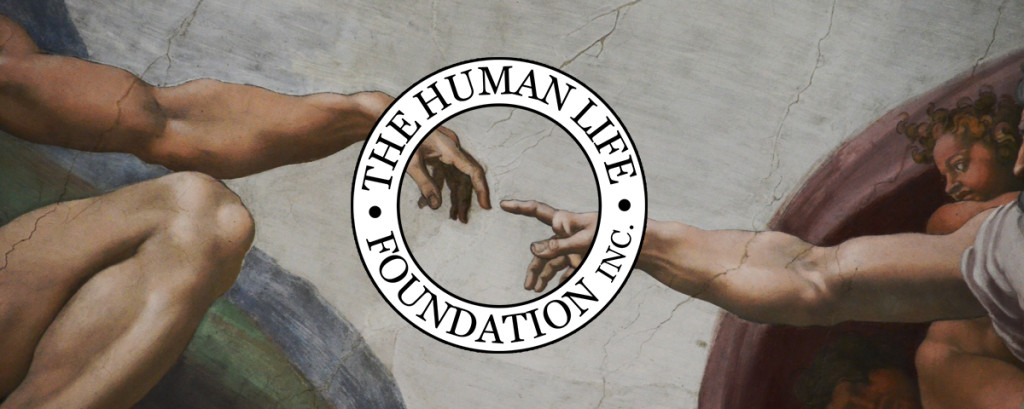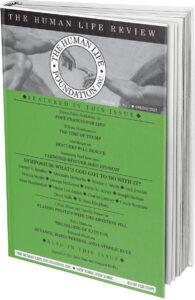Assisi, City of St. Francis and Savior of Jews During World War II
Assisi is a small hill town in central Italy surrounded by a very green countryside that has little industry except for olive cultivation and other farming activities. Known for centuries as a pilgrimage site, Assisi is full of convents, monasteries and churches, the most famous being the enormous Basilica of St. Francis. Today’s population is about 28,000, but during World War II that number was closer to 5,000. Italy’s worst experience of the war began in late 1943 and lasted through most of 1944. Assisi, while spared bombing because Nazi occupiers could find no significant industrial targets, nevertheless lived through a perilous period that produced numerous heroes.
Despite the alliance between Hitler and Mussolini, and a German military presence in Italy, in the early years of the war Italians mostly ran their own domestic affairs. Matters changed drastically after Italy surrendered to the Allies on September 8, 1943. Immediately, the Nazis, along with their sympathizers, began to round up Jews for deportation, angered that the Fascists—with the exception of sending some Jews to detention camps within Italy itself—hadn’t already done so. Indeed, due to the “softness” of the Fascist regime, many Jews from other European countries had sought refuge in Italy. Now the lives of both Italian and foreign Jews were at risk.
As Jewish lives became imperiled, the bishop of Assisi, Giuseppe Nicolini, gave orders to all religious institutions, including cloistered monasteries, to take in whatever Jews in the area were in danger. Many other clerics assisted in providing for the needs of Jews, from food and clothing to the safekeeping of their religious items.
Numerous stories have been told about how fake documents were created in several European countries to give Jews a new identity and help save their lives. In Italy, Assisi played a major role in this enterprise. One of the printing presses used to create these documents was located right in the town center, on a main street near the Basilica of St. Clare. The combination souvenir and print shop, owned by Luigi Brizi and his son Trento, took care of all of the town’s printing needs, from business cards to church bulletins.
Even though he was an atheist, in late 1943 Luigi Brizi was approached by one of the local priests—probably one of his church-bulletin clients—about producing false identity papers for Jews so that they could come into the open and apply for food rations, or use them to enable their escape. Brizi put his talent to work, not only utilizing his rudimentary, pedal-operated machine to print papers, but completing the job by masterfully adding the seals of various Southern Italian localities. The Jews were given new Italian names and assigned places of birth in the South because there were no Nazis there who could be called upon to verify the validity of their papers.
Father Aldo Brunacci, right-hand man of Bishop Nicolini, spearheaded the rescue operations. One day he lent a bicycle to Trento Brizi so the young man could go to the nearby town of Foligno to see an expert engraver there who could make town seals for various places in Southern Italy. The Brizis used these to stamp the fake documents they printed, thus enhancing their “authenticity.”
A bicycle was to play another key war-time role in Assisi. But this was no ordinary bike. It belonged to the Italian cycling champion Gino Bartali, who had won the prestigious Tour de France in 1938 as well as the Giro d’Italia. He was considered a national sports hero, one who could train for races anywhere on Italy’s roads.
Bartali, a Florentine, a fervent Catholic, and a member of Catholic Action, was no Fascist sympathizer. He was a good friend of Florence’s Cardinal Elia Dalla Costa, who officiated at his wedding. One day the Cardinal called Bartali into his office. As a result of that meeting, the cycling champion became a unique messenger, moving freely between Assisi and Florence—where many Italian Jews lived and foreign Jews had taken refuge—picking up and delivering newly printed identity papers. Ingeniously, the false papers he carried were rolled up and hidden in the frame of his bicycle. It is not known how many trips Bartali made between the two points nor how many documents he was responsible for having transported. It is for sure, however, that all the Jews in Assisi were saved, as were countless others elsewhere in Italy.
After the war, 34-year-old Gino Bartali went on to win the Tour de France again in 1948, ten years after his first triumph. This time he could savor his victory upon return home: Italy was free, democratic, and governed by Christian Democratic Prime Minister Alcide DeGasperi, who was an ardent fan of Bartali’s—as was Pope Pius XII.
Only recently did Assisi give proper recognition to its wartime role and heroes. The town now has a small museum, Il Museo della Memoria, which opened in May 2018. The “Museum of Memory” is located near the bishop’s quarters—the place where Bishop Nicolini gave shelter to numerous Jewish families.
Approaching the museum’s glass-door entrance, one immediately spots Luigi Brizi’s awkward-looking black printing press inside, prominently bearing its brand name FELIX in bold lettering. Five rooms hold the story of numerous prelates, nuns, and laypeople who risked their lives to shelter their persecuted fellow men and women, and exemplified “love thy neighbor” to a heroic degree.
One room is actually a small chapel, dedicated to Gino Bartali and displaying a few of his mementos. The ambience recalls how hard he must have prayed, not only before competing in cycling matches, but especially during those dark days of 1943-44 while biking between Assisi and Florence, clandestinely carrying life-saving counterfeit papers. Bartali spoke little about his bravery. When asked about it, he often replied: “Good is something you do, not something you talk about.”
Gino Bartali, Cardinal Elia Dalla Costa, Bishop Giuseppe Nicolini, Fr. Aldo Brunacci, and Luigi and Trento Brizi were also honored by Israel for saving countless Jewish lives. Having been declared “Just Among Nations” and “Righteous Gentiles,” their names are enshrined at the Yad Vashem Memorial in Jerusalem.










Unique, perceptive, authentic. Thank you, dear authoress. This is just another one of those authentic heroic tales that merit a telling.
How the entire community of Assisi was able to save lives and never crack is truly an amazing story. Father Ruffino heroics in hiding and helping jews escape reads like a spy novel. No one was ever caught, and no one betrayed the operation – an amazing display of courage and humanity.
There is a lot more to the story which truly reads like a novel, but should remind all of us that along with the bad there is good in humanity.